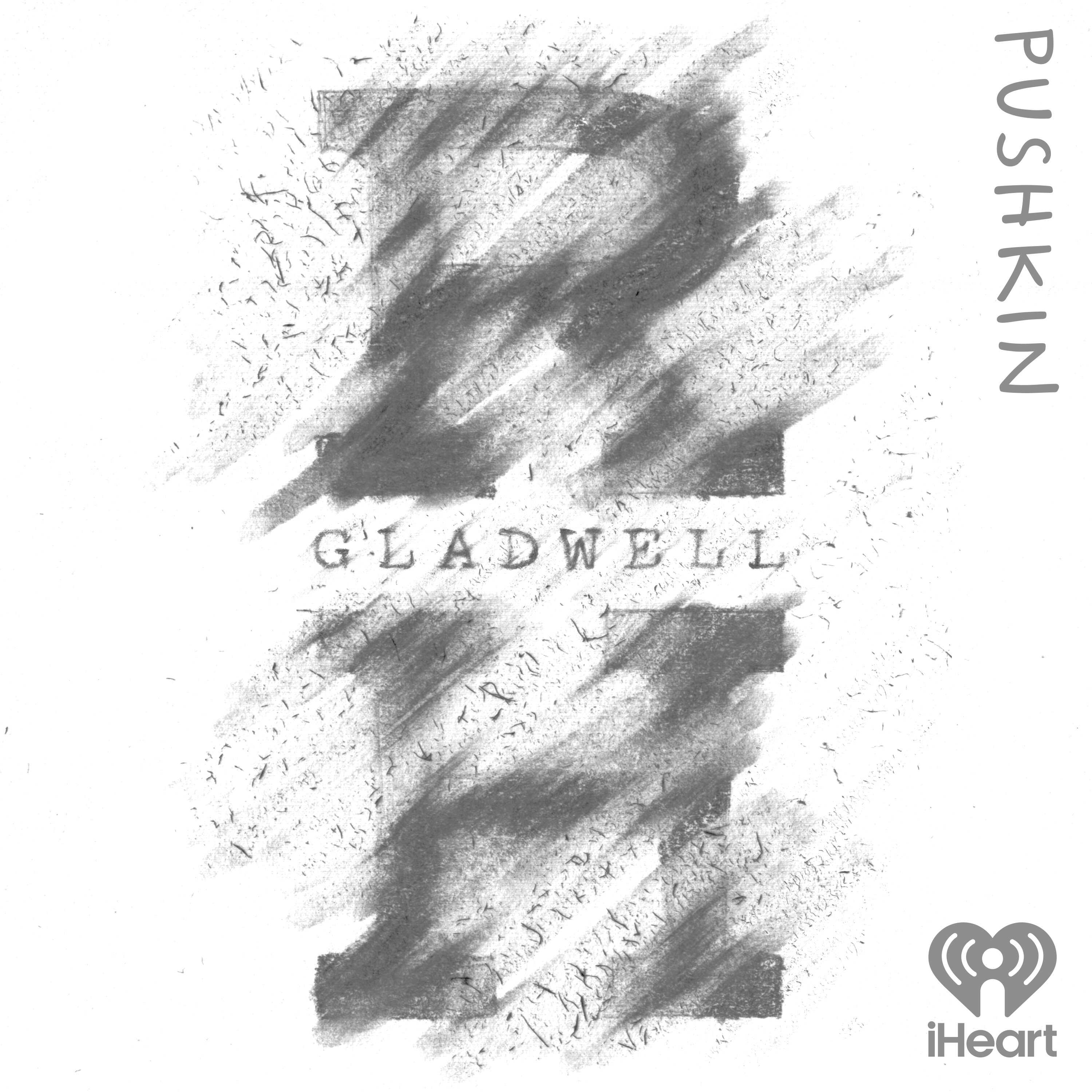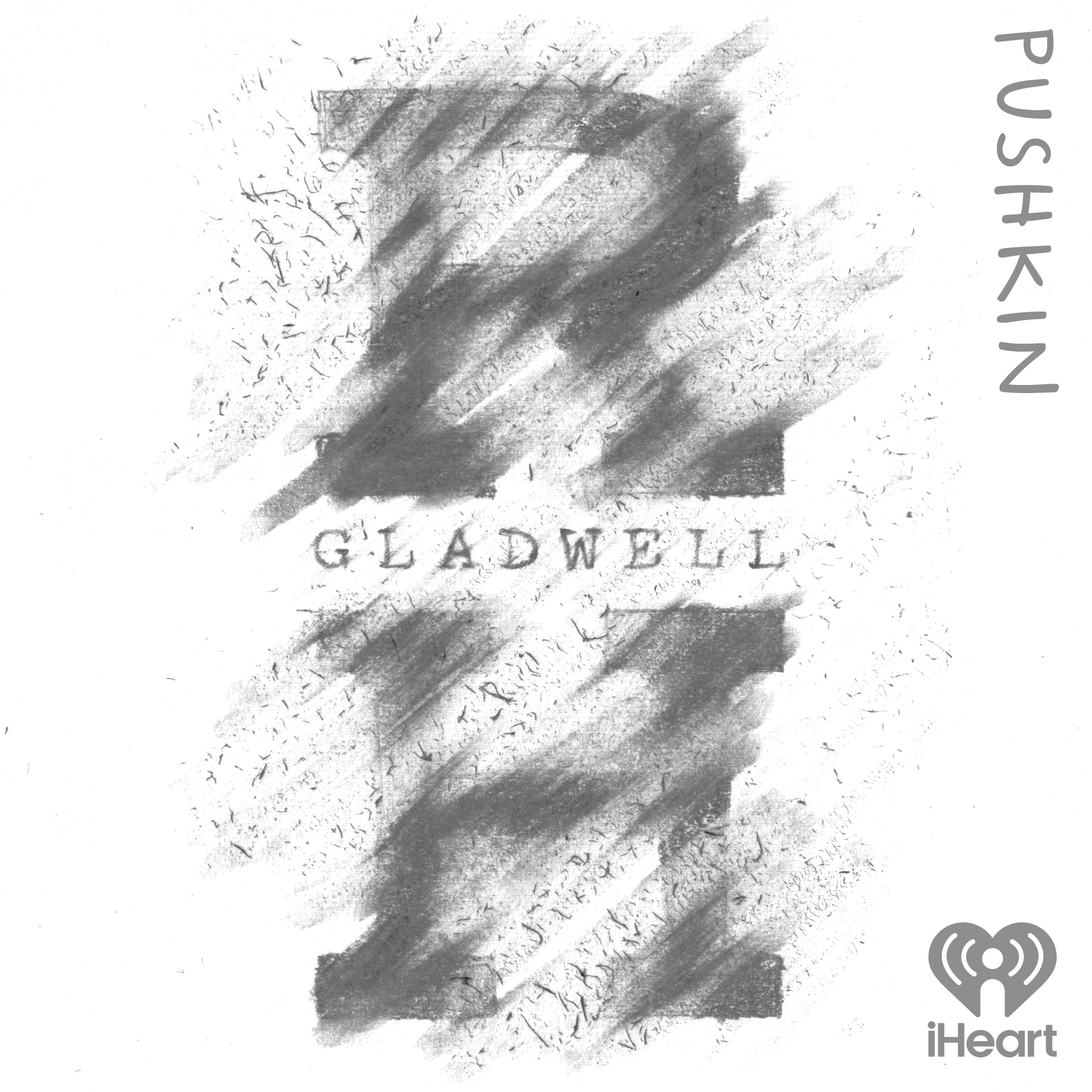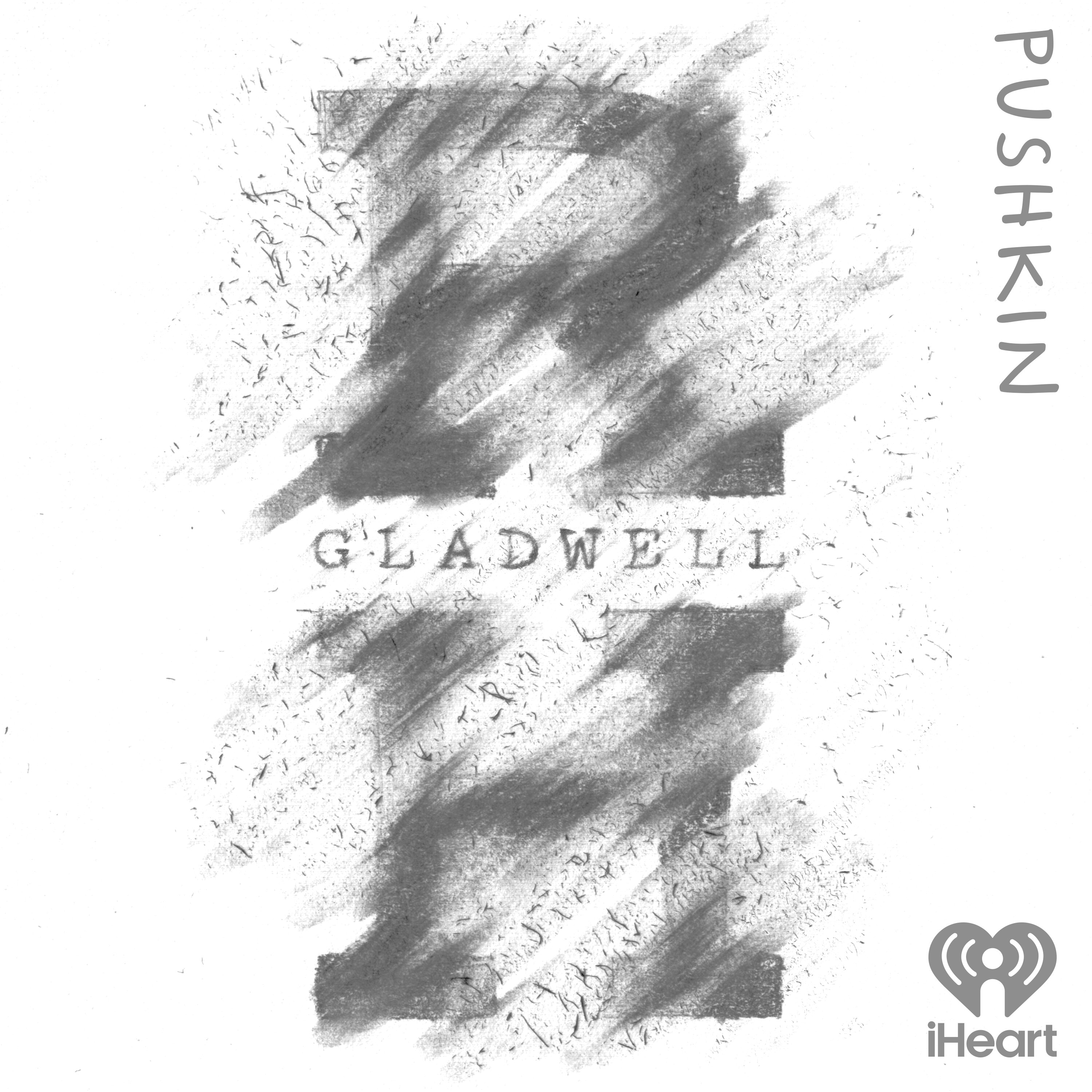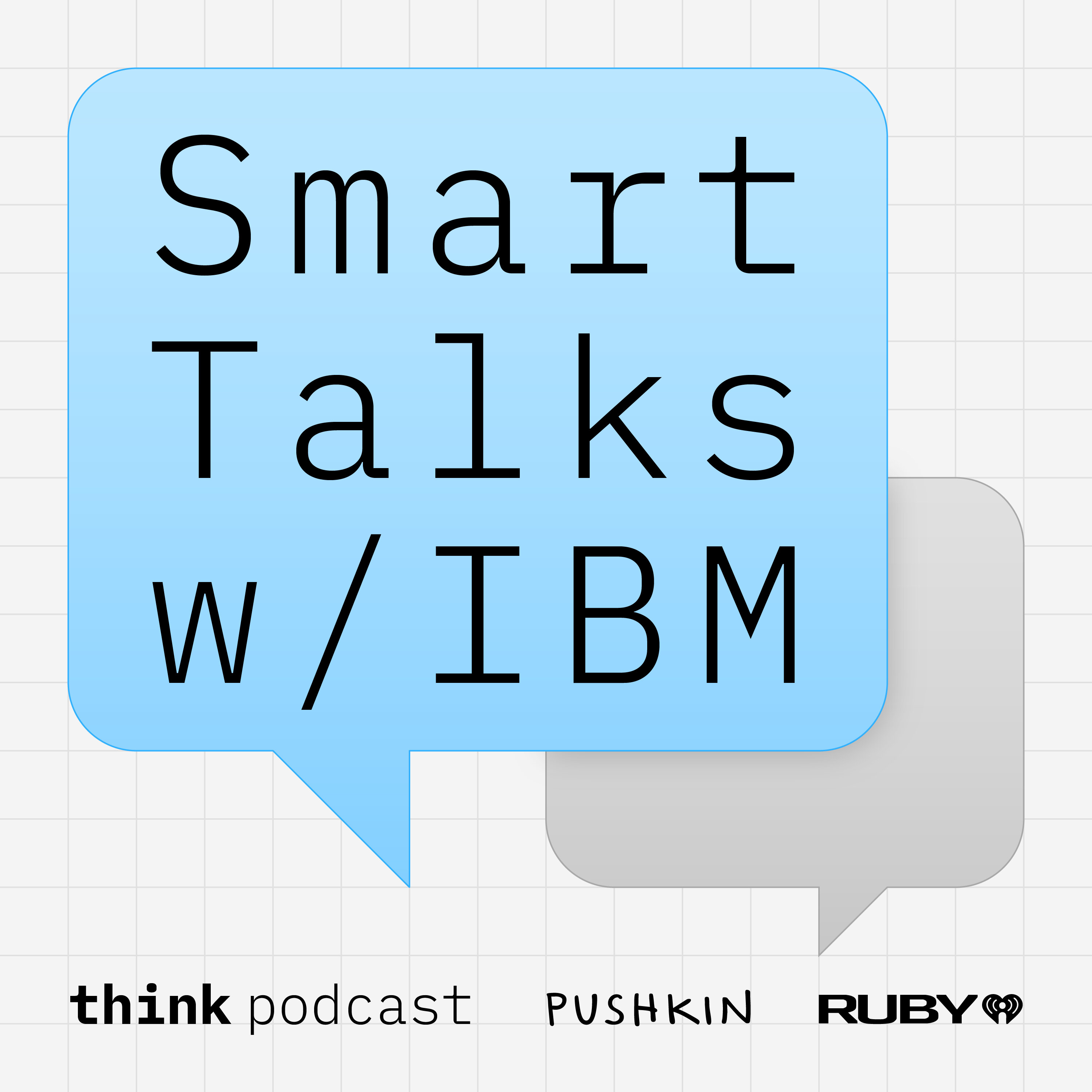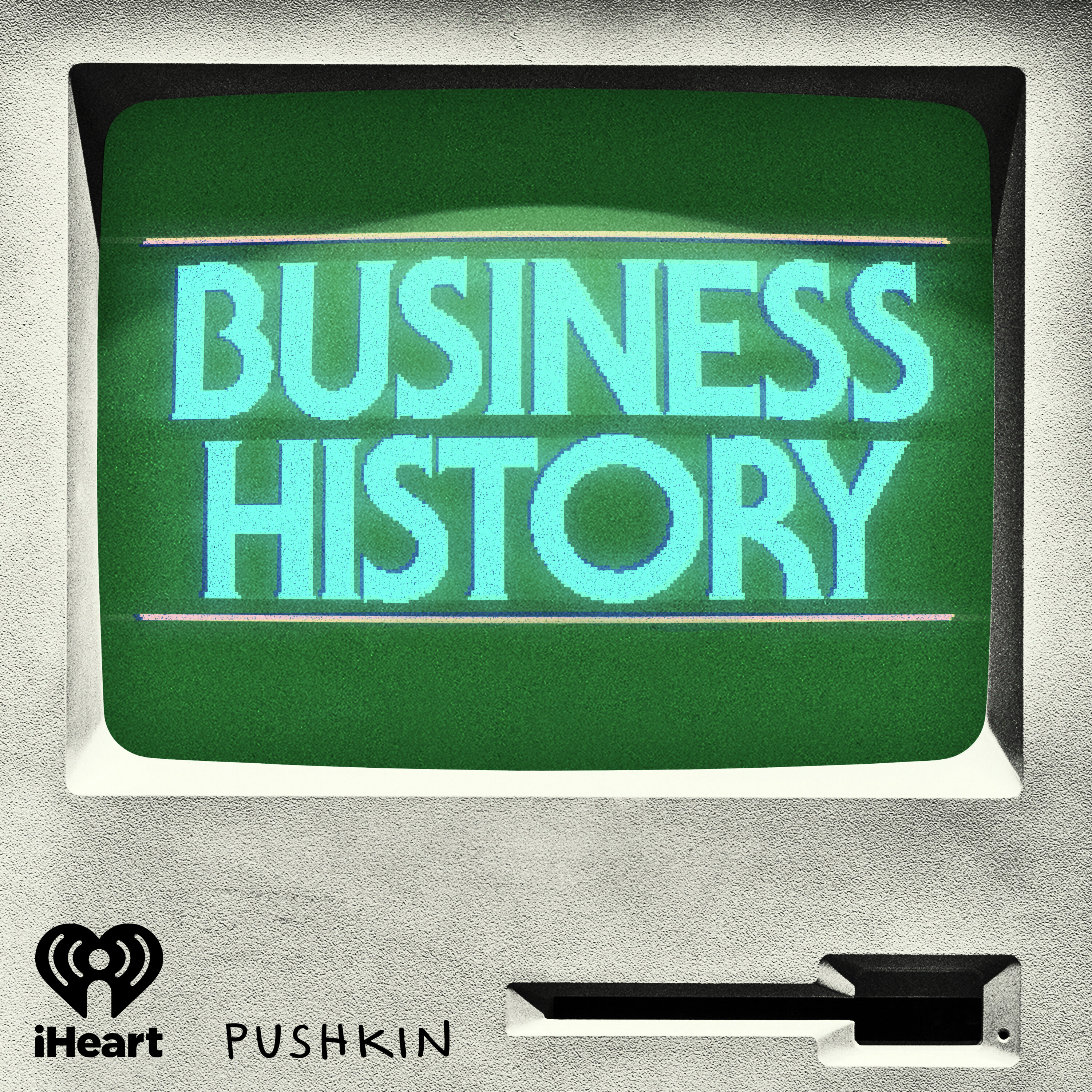Running Hot
You might think unbelievably loud, shrill sirens on ambulances and fire trucks are just a fact of life. But what if we got the facts all wrong?
In this episode we ask how we got here in the first place. It’s a story involving a TV show from the 1970s, hearses serving as ambulances, and a dog with a big voice.
You can see a list of the sources we consulted while making this episode here.
Get ad-free episodes to Revisionist History by subscribing to Pushkin+ on Apple Podcasts or Pushkin.fm. Pushkin+ subscribers can access ad-free episodes, full audiobooks, exclusive binges, and bonus content for all Pushkin shows.
Subscribe on Apple: apple.co/pushkin
Subscribe on Pushkin: pushkin.fm/plus
See omnystudio.com/listener for privacy information.
Press play and read along
Transcript
Transcript is processing—check back soon.
